Summary
- N-Gage tried to be a gaming-phone hybrid before its time, with capable hardware and an awkward design and call feature.
- Atari Jaguar, marketed as a 64-bit powerhouse, failed due to convoluted architecture and lack of developer support.
- Google Stadia promised console-quality gaming on any device, but pricing and library issues overshadowed its solid tech.
Not every video game console gets the flowers it deserves. Some quietly pushed boundaries, while others suffered from timing, messaging, or just plain bad luck.
3:28
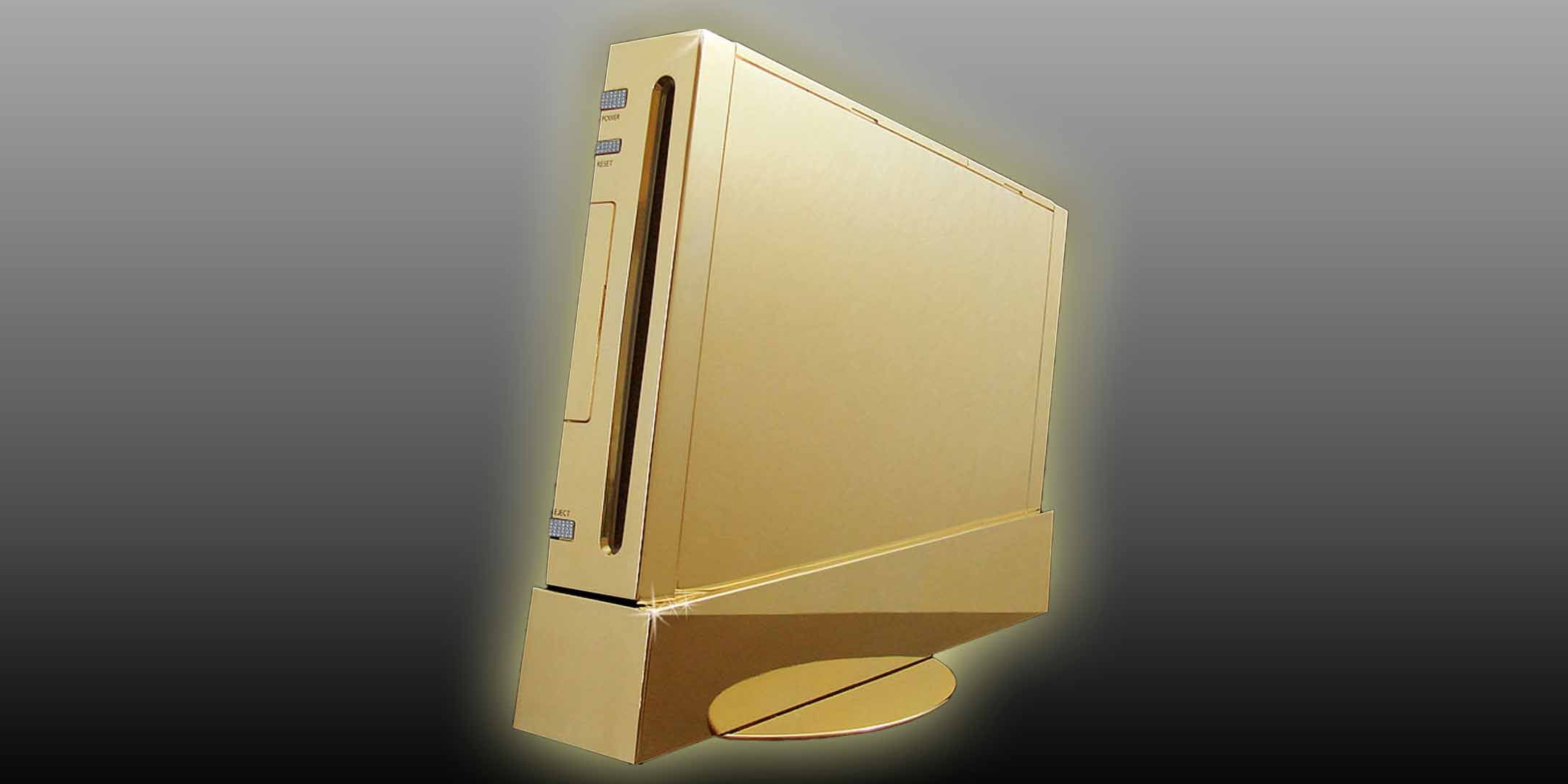
Related
The Rarest Games Consoles (& How Much They’re Worth)
Certain consoles have become very expensive collector’s items. Here are some of the rarest video game consoles and how much they’ll set you back.
But underneath the surface, these machines had stories to tell — powerful hardware, bold ideas, and entire libraries that never got the spotlight they deserved. Some were ahead of their time, others were misunderstood, and a few were just victims of a market that didn’t know what to do with them.
8
N-Gage
A Phone Call Away From Being Something Great
- Release Date: October 7, 2003
There’s almost a mythic quality to the N-Gage now — a device that tried to be a phone and a handheld console before either category had truly figured itself out. Nokia’s bizarre taco-shaped hybrid launched in 2003, with ambitions of eating into Game Boy Advance’s lunch while offering mobile connectivity on the side. What it ended up with was a reputation for awkward design and a sidetalking meme that never quite wore off.
But under the clunky form factor was a surprisingly capable piece of hardware. It had a 104 MHz processor and a 176×208 color screen — enough to run ambitious titles like Tomb Raider, Tony Hawk’s Pro Skater, and even Red Faction. The library was small but weirdly compelling, filled with ports that, against all odds, played well for the time. And it supported Bluetooth multiplayer long before that was common.
What really killed it was the user experience. Players had to remove the battery just to switch cartridges. And the phone call feature? It required holding the device sideways against the head like a sideways burrito. But as a vision of a gaming-phone hybrid, it was just too early. It’s only in hindsight that the N-Gage starts to make sense.
7
Atari Jaguar
The Cat With Claws But No Grip
- Release Date: November 23, 1993
On paper, the Jaguar should have been a powerhouse. Atari marketed it as the first 64-bit console — technically a stretch, since it was a Frankenstein of a system with dual 32-bit processors working in tandem. But it was the mid-90s, and numbers sold. Unfortunately, the games didn’t.
The biggest problem was development. Its architecture was notoriously convoluted. Most developers stuck to programming on the simpler 68000 chip (the same one used in the Genesis), ignoring the more powerful processors altogether. The result was a system with potential that barely got tapped.
Still, it wasn’t devoid of identity. Alien vs. Predator was a genuine standout — atmospheric, creepy, and way ahead of its time for a console shooter. Tempest 2000 gave arcade purists something to rave about. But everything else either felt half-baked or was just buried under the shadow of the SNES and Genesis.
By the time the CD add-on arrived, it was already too late. It was bulky, expensive, and came with oddities like Myst and Vid Grid. The Jaguar was ambitious, but too messy to survive.
6
Google Stadia
Cloud Gaming Before Anyone Knew It Was Possible
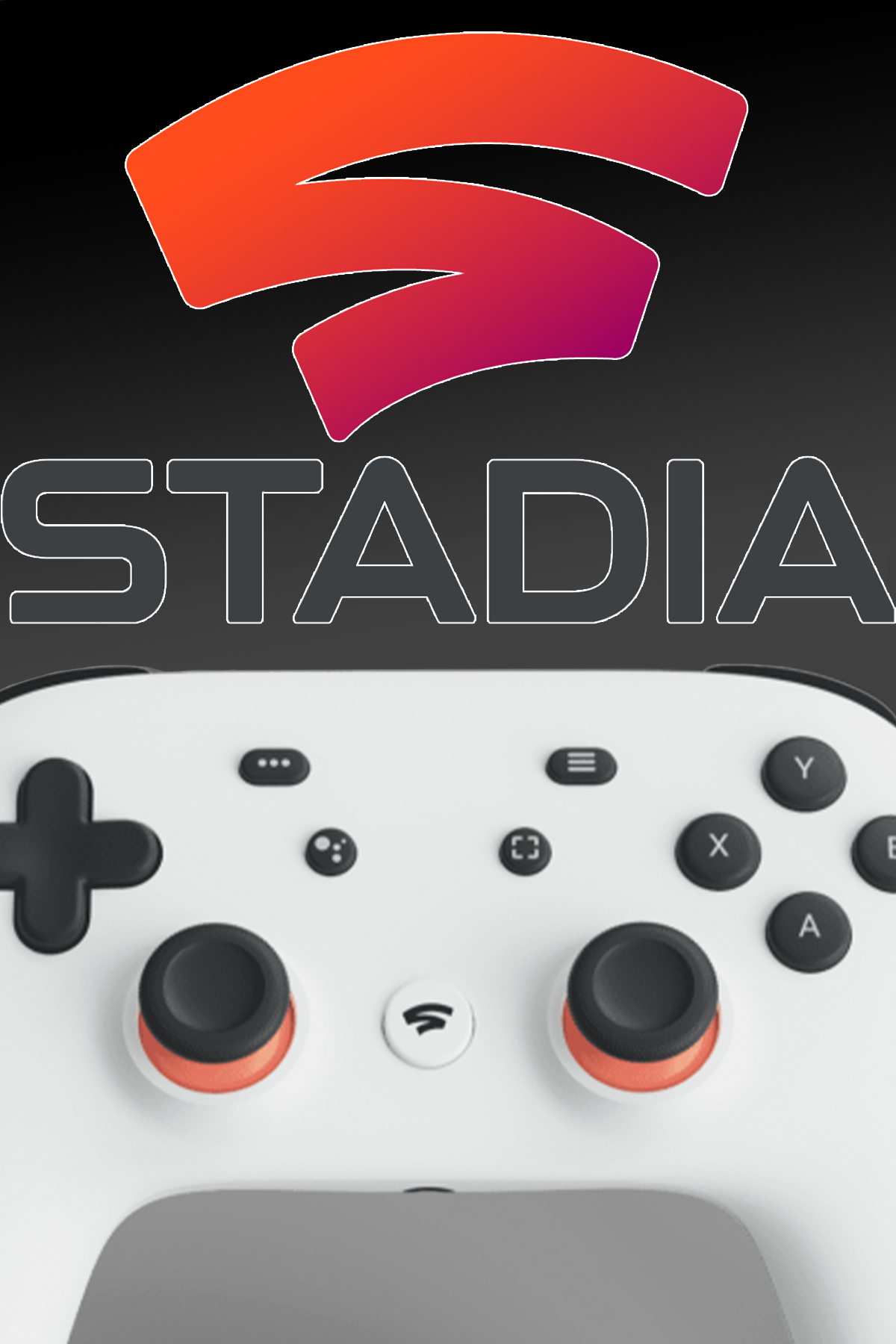
Stadia
- Brand
-
Google
- Original Release Date
-
November 19, 2019
- Original MSRP (USD)
-
$129
If execution matched ambition, Stadia might have rewritten the rulebook. Google’s cloud-based platform launched in 2019 with the promise of console-quality gaming on anything — laptops, phones, TVs — no downloads, no patches; just press play. And technically, it delivered. Latency was low, visual quality was impressive, and games like Cyberpunk 2077 ran better here than they did on most base consoles.

Related
Every Sega Console, Ranked
Here’s every console from the iconic video game company Sega, ranked from worst to best.
But the infrastructure wasn’t the issue. It was everything else. Pricing confused players — full-priced games on a platform that didn’t feel like ownership. The library lagged behind competitors. And Google’s internal game studios were shut down before they even shipped a title, raising questions about the company’s long-term commitment.
Still, Stadia did a lot right. The controller’s direct-to-server Wi-Fi connectivity was clever, and features like instant game sharing via links felt futuristic. The tech was solid — it’s the business decisions that buried it. Ironically, cloud gaming is now more common than ever, led by Xbox themselves, but it was Stadia that tried to mainstream it.
5
Nintendo Wii U
The One That Had Great Games But Nobody Bought

Nintendo Wii U
- Brand
-
Nintendo
- Original Release Date
-
November 18, 2012
- Original MSRP (USD)
-
$299
Deluxe Sets: $349
Nintendo’s follow-up to the massively successful Wii should’ve been a no-brainer. A dedicated controller with a built-in touchscreen, asymmetric multiplayer, and HD visuals? It sounded like the next logical step, but it stumbled right out of the gate. Most people didn’t even realize it was a new console — the name, marketing, and messaging all muddied the water.
And yet, Wii U was the birthplace of some of Nintendo’s most polished titles. Super Mario 3D World, Pikmin 3, Donkey Kong Country: Tropical Freeze, and Mario Kart 8 — most of which were later ported to the Switch because they deserved a second chance. ZombiU remains one of the few survival horror games that actually used the GamePad in meaningful, tension-inducing ways.
The GamePad wasn’t just a gimmick — it was a second screen that allowed inventory management, map navigation, and local multiplayer that didn’t require split screen. But developers didn’t know what to do with it, and third-party support dried up fast. What was left was a first-party machine that had brilliant software but never found a wide enough audience to thrive.
4
Xbox One X
The Quiet Titan That Never Got Its Flowers
This wasn’t the mainline console, but a mid-gen upgrade, and one that Microsoft didn’t market hard enough. Xbox One X, released in 2017, was the most powerful console of its time. 6 teraflops of GPU power, native 4K support, improved texture filtering, faster load times — it was everything players had asked for, especially after the underwhelming launch of the original Xbox One.

Related
10 Most Visually Pleasing Home Console Designs
The look of a gaming console can significantly contribute to or detract from its appeal. Which ones look the best?
But without major exclusives to take advantage of all that power, it became more of a premium niche. It ran Red Dead Redemption 2 and The Witcher 3 at their best on consoles, but casual players didn’t see enough of a difference to justify the price, and core fans were already looking toward the next-gen leap.
3
Sega Saturn
The Console That Japan Loved But the West Forgot
- Release Date: November 22, 1994
There’s a reason the Saturn is still a beloved cult favorite in Japan. Released in 1994, it was a 2D powerhouse in an era rapidly shifting to 3D. Developers struggled to adapt, and the Western launch was rushed — Sega surprised retailers with an early release that left third-party partners scrambling and Sony grinning.
But beneath the chaos was a library that absolutely sang in the right hands. Nights into Dreams brought analog control to the forefront before anyone else did. Panzer Dragoon Saga remains one of the most sought-after JRPGs ever made, with only a few thousand English copies in existence. And fighting game ports like Street Fighter Alpha 3 and X-Men vs. Street Fighter were arcade-perfect, often outperforming the PlayStation equivalents.
Its dual-CPU design made it notoriously hard to develop for, especially when 3D was still experimental, but if there’s a system that deserves more time and better messaging, it’s the Saturn.
2
Sega Dreamcast
Sega’s Swan Song That Was Two Years Too Early
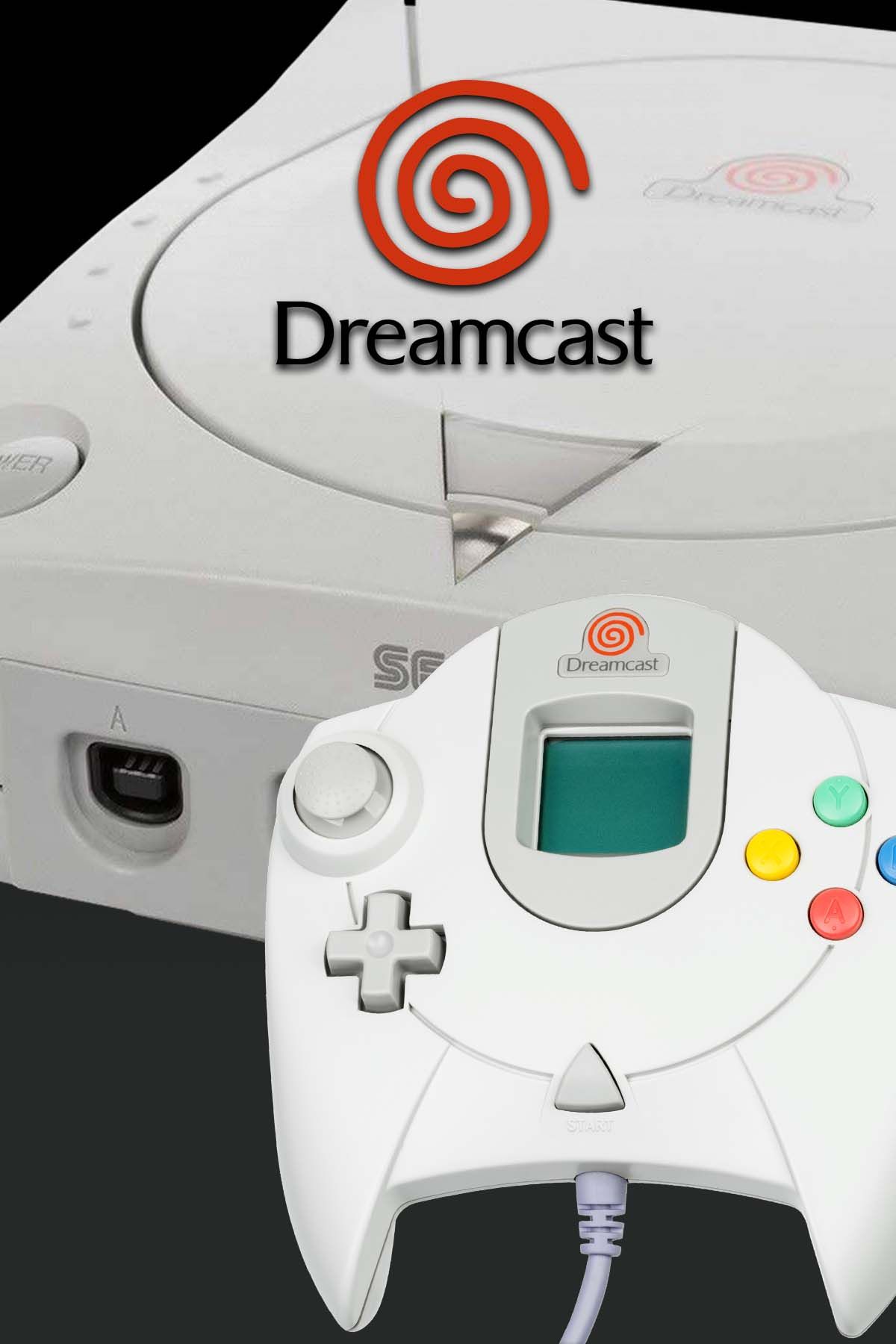
Sega Dreamcast
- Brand
-
Sega
- Original Release Date
-
September 9, 1999
- Original MSRP (USD)
-
$199, £200
Few consoles burned brighter or died faster than the Dreamcast. Launched in 1999, it was a marvel: built-in modem, online play, VMU memory cards with their own mini-screens, and a library that felt fresh at every turn. Jet Set Radio, Shenmue, Power Stone, Crazy Taxi, Skies of Arcadia; these weren’t just good games — they were weird and wonderful in a way Sega never replicated again.
But even with a head start over the PlayStation 2, the momentum didn’t last. Lack of third-party support and rampant piracy tanked its commercial potential. Sega’s own hardware missteps in the past didn’t help, and by 2001, the console was discontinued.
Still, Dreamcast was the first taste of console online gaming for many players, thanks to Phantasy Star Online. It had energy, vision, and a kind of chaotic charm that newer systems just don’t replicate. If it launched a few years later, or had a stronger anti-piracy strategy, it might have changed history.
1
PS Vita
Vita Means Life

Vita
- Brand
-
Sony
- Original Release Date
-
November 15, 2012
- Original MSRP (USD)
-
$249.99
There’s a strange irony to how the Vita was both over-engineered and underappreciated. It had everything: a stunning OLED screen, dual analog sticks, rear touchpad, Wi-Fi and 3G models, cross-play with PS3 and PS4, remote play, and a lineup of games that punched way above their weight. But none of it mattered in a market that had already moved to mobile.
Its first-party support dried up fast. Sony bet on indie games and remote play, but it wasn’t enough to hold attention. Yet players who stuck with it found a goldmine — Persona 4 Golden, Killzone: Mercenary, Gravity Rush, and a flood of JRPGs and visual novels that turned the handheld into a niche favorite, especially in Japan.
The Vita wasn’t a failure; it was a victim of market timing and Sony’s shifting priorities. But for what it was, it remains one of the most capable handhelds ever made.
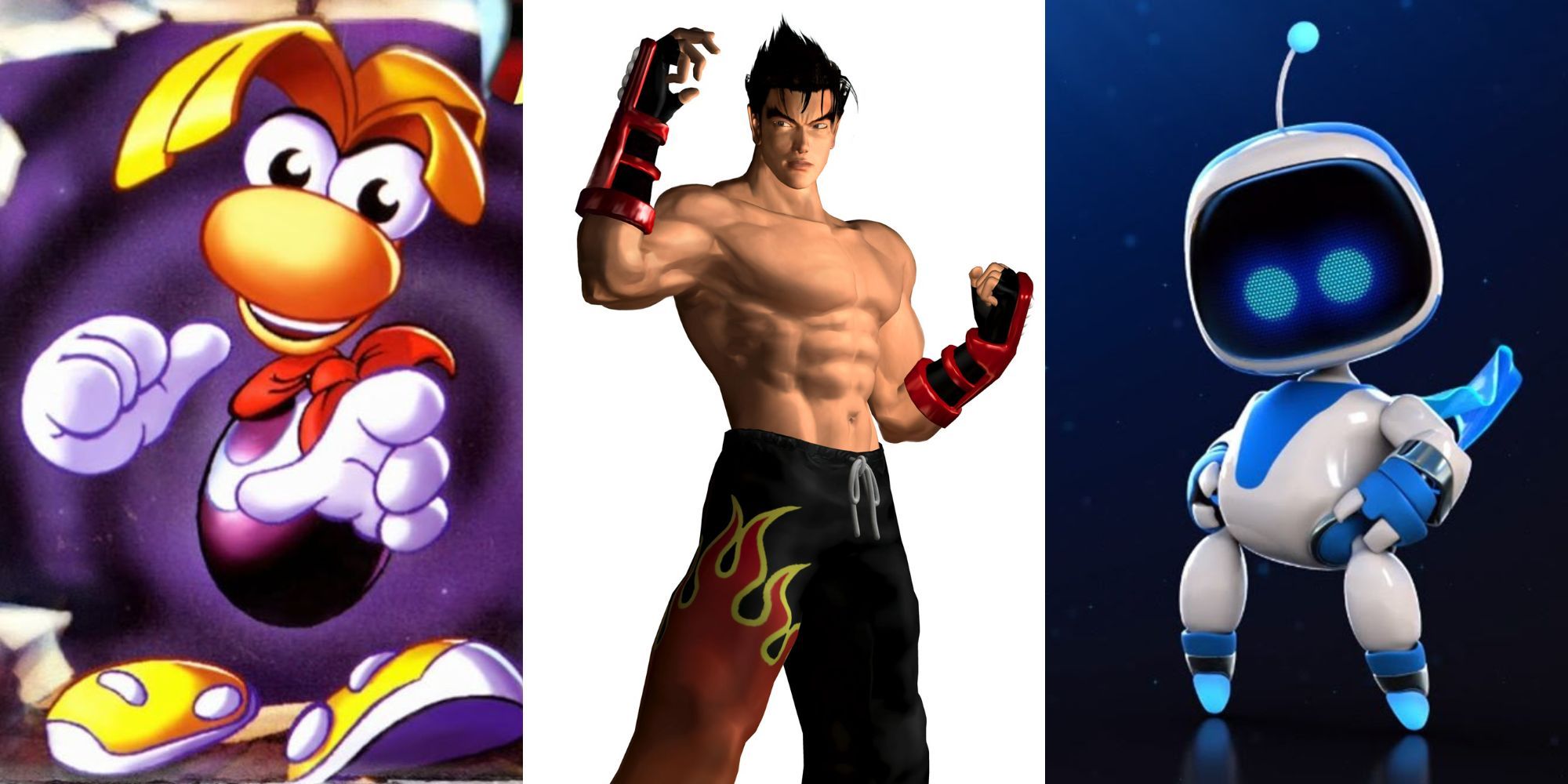
More
8 Best Launch Titles On PlayStation Consoles
These are some of the best launch titles that firmly planted the PlayStation consoles in players’ memories.
Source link
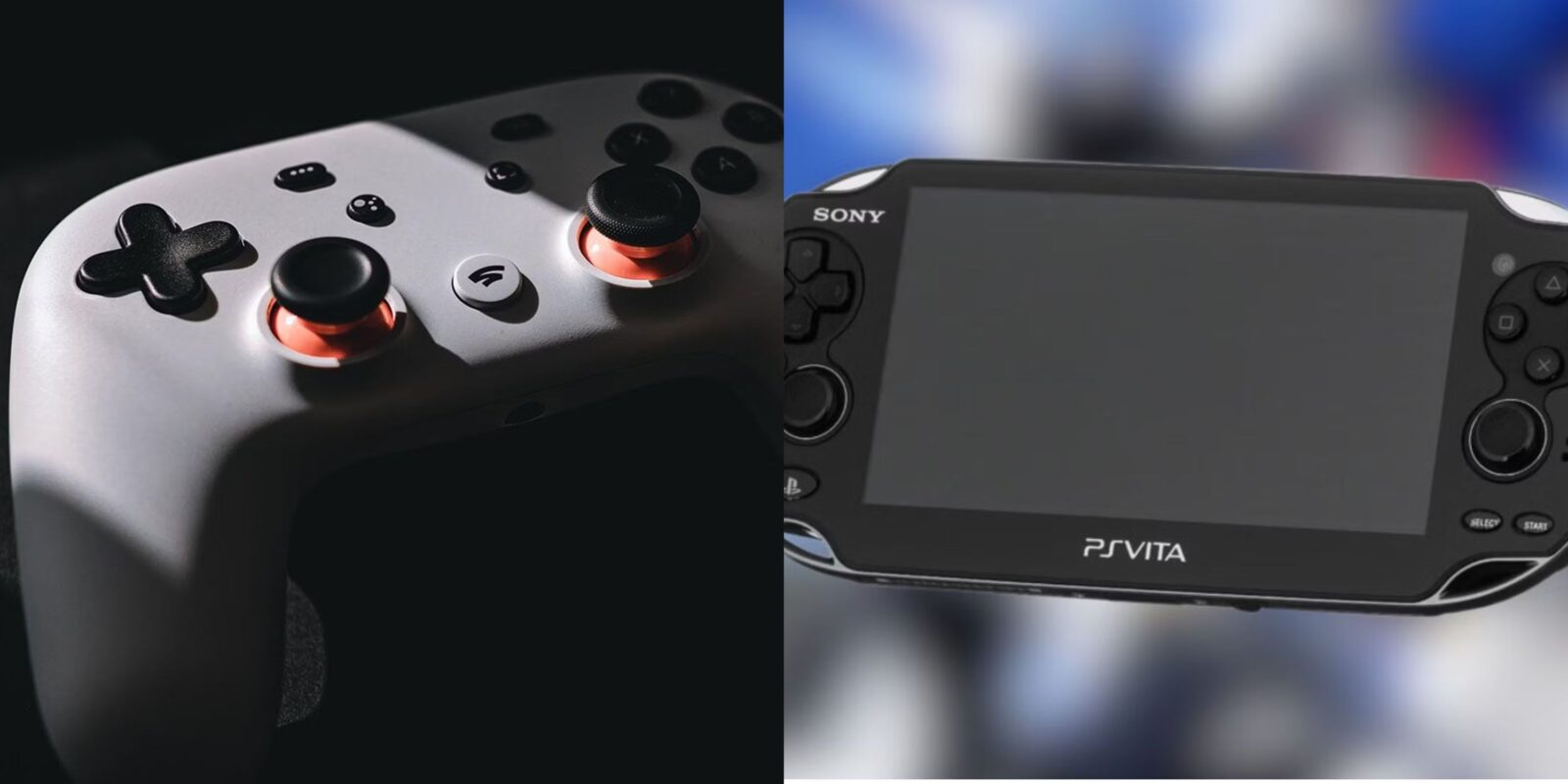
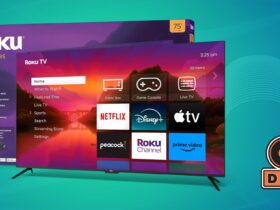




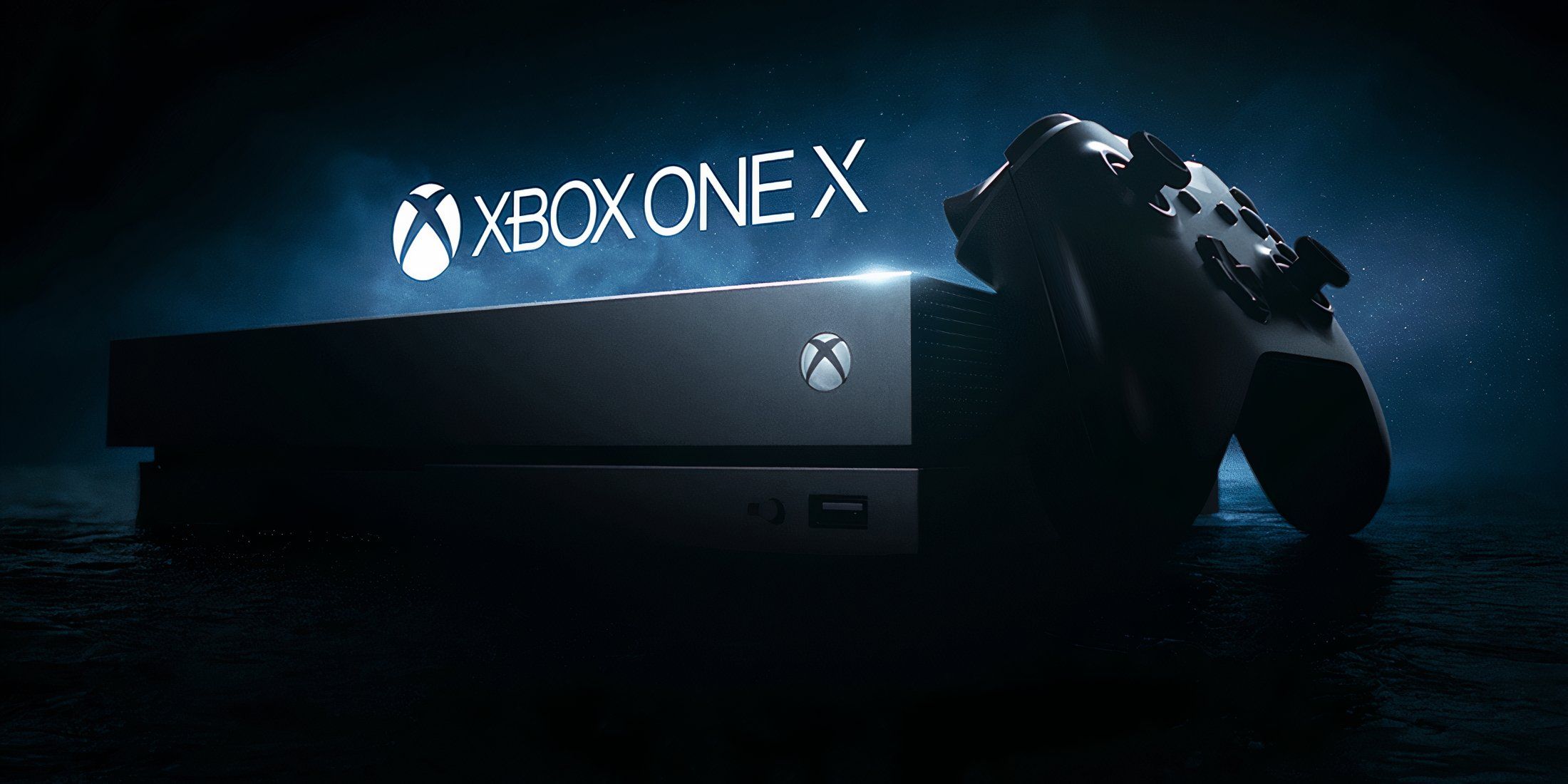

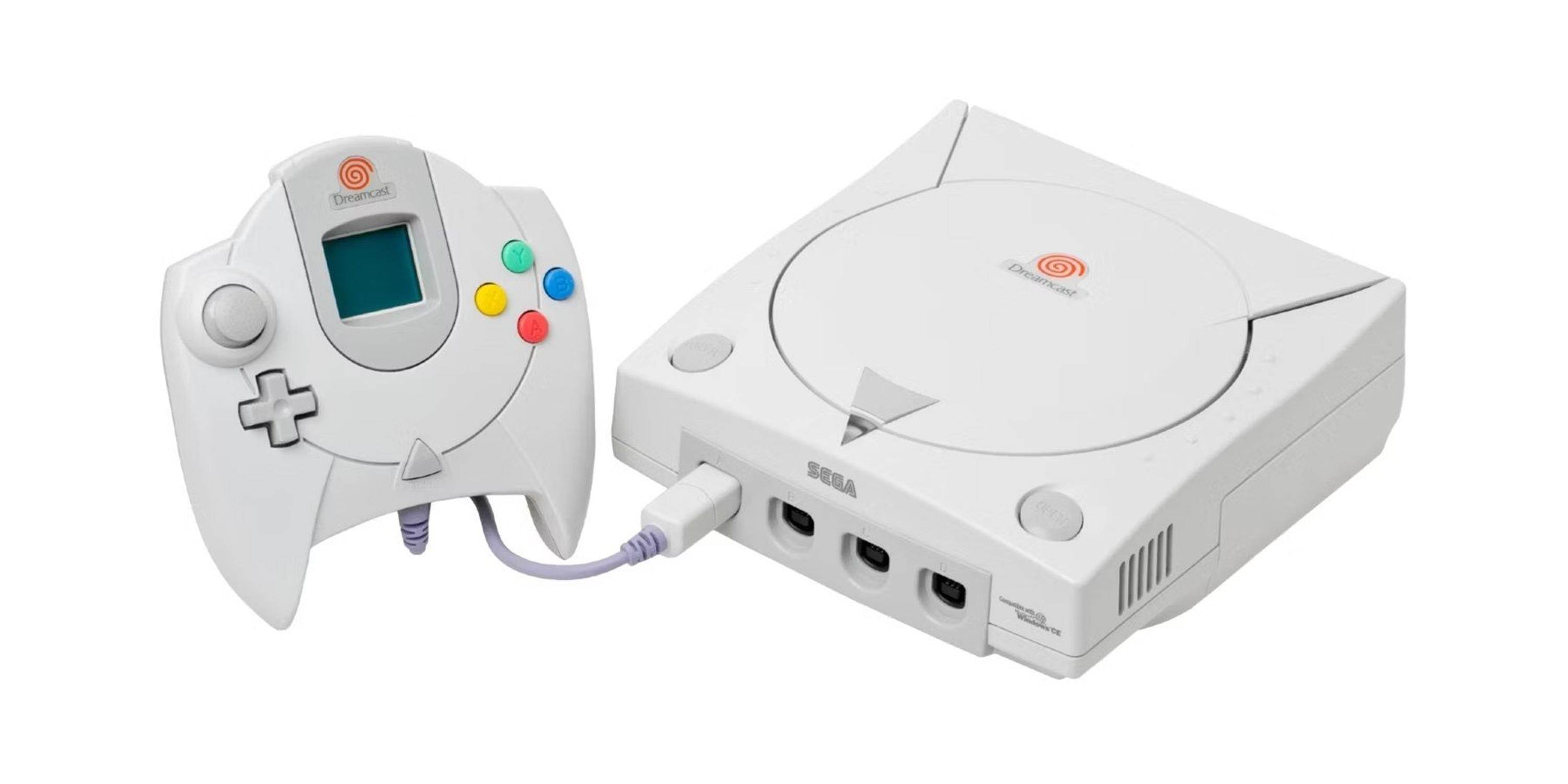
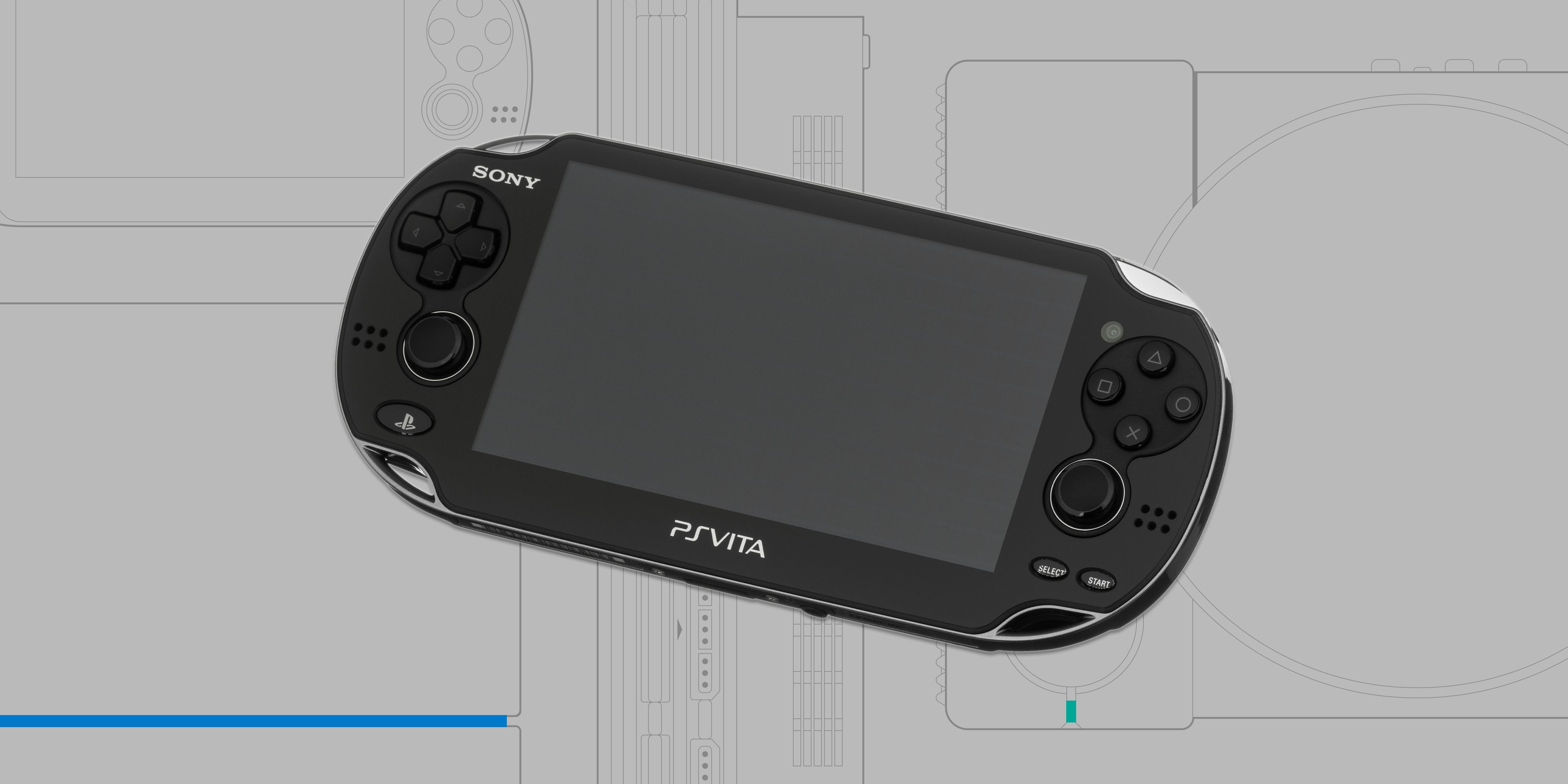



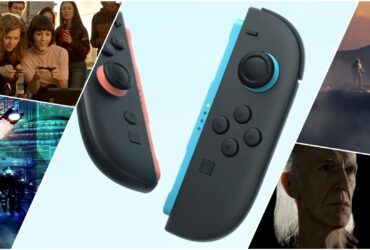


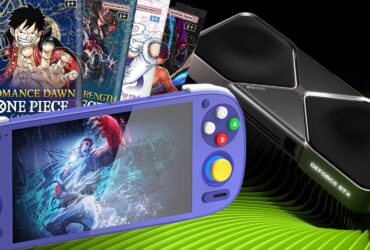

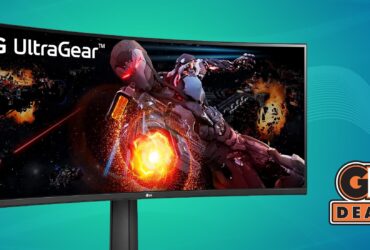
Leave a Reply